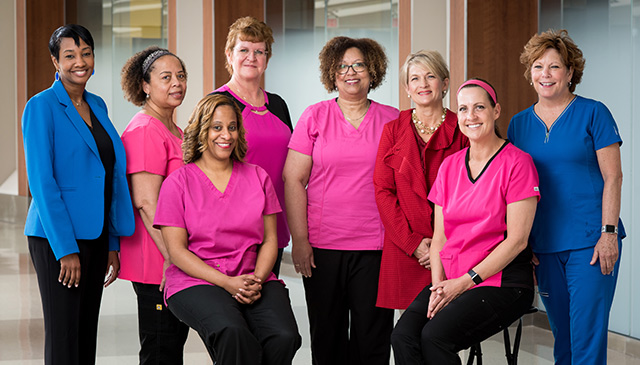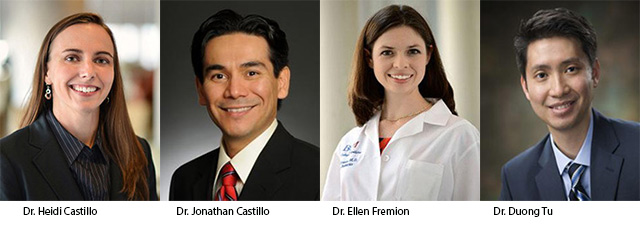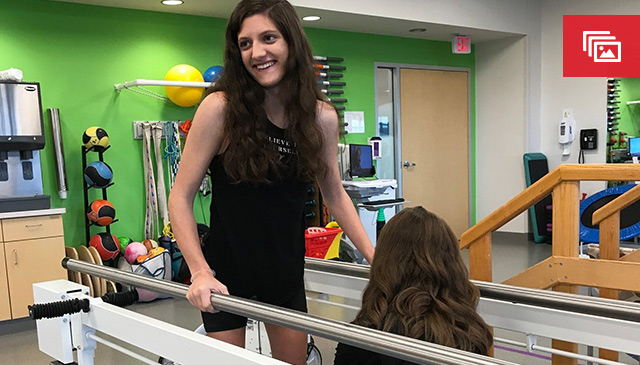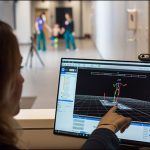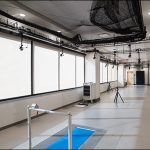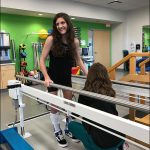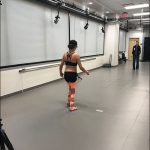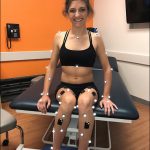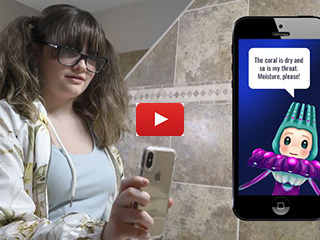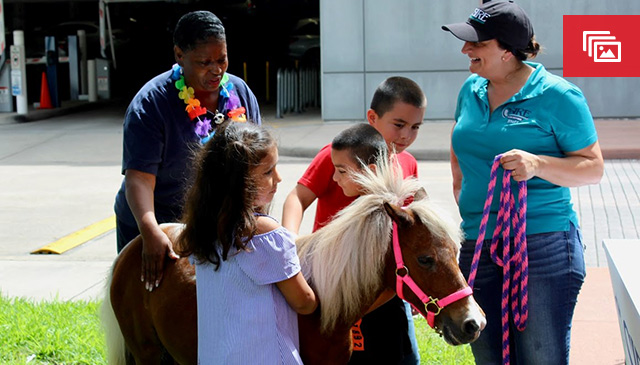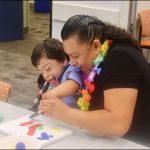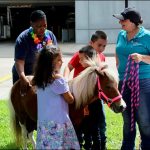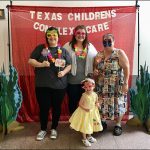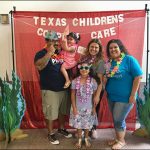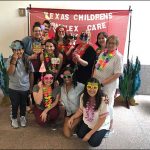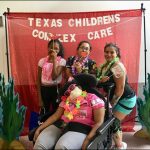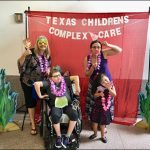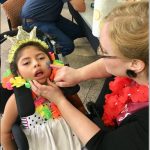Jennifer Werner, a wound ostomy nurse at Texas Children’s, sees roughly 10 patients and their families each day at our Medical Center campus. With 11 years of wound care experience under her belt, Werner assesses, treats and develops care plans for patients with wounds, ostomy and continence conditions.
“I always put myself in my patient’s shoes and share an understanding of their anxieties,” Werner said. “Sharing my experience can help put a family at ease and help build a strong relationship in the process. After all, care for their child’s wounds should be as gentle and compassionate as care for my own.”
Before becoming a wound ostomy nurse, Werner served as a fitness director for the U.S. Navy. But it was her young daughter who inadvertently inspired her to go back to school to pursue a different career path.
“As the mother of a daughter with spina bifida, Amanda has taught me so much about surgical wounds, pressure injuries and ostomy problems, enough to grow a passion for care,” Werner said. “It has been 11 years since I made the career change and I have never looked back. This is truly a rewarding field.”
While every nurse will tend to a wound at some point in their nursing career, certified wound ostomy nurses demonstrate a higher level of knowledge, skill and expertise in this highly specialized field and often act as educators and consultants to staff nurses and other members of the health care team. Understanding the underlying etiology of wounds, this rare breed of nurses play an integral role in the healing process, and their jobs require ongoing training, lots of patience and a great deal of compassion for their patients.
From our three hospital campuses at the Medical Center, West Campus and The Woodlands, to our inpatient and outpatient clinics for pediatric and women’s health, Texas Children’s wound ostomy nurses use evidence-based practices to assess, treat and care for patients with simple to complex wounds. These include wound debridement (a process that removes dead tissue and contaminants), dressing wounds, treating and preventing pressure ulcers, and caring for patients with continence conditions and ostomies, where proper pouching techniques are necessary to improve outcomes.
In addition to providing direct patient care, our wound ostomy nurses educate patients and their families on how to care for wounds at home and how to prevent infection and further injury. Furthermore, the team also collaborates with our multidisciplinary partners on ways to enhance skin care management and prevent pressure ulcers, especially in high acuity areas of the hospital like our intensive care units.
While every patient is different, and the healing process takes time, the satisfaction of seeing a patient’s wound heal, witnessing their ability to self-manage their condition while maintaining their dignity and self-esteem – and realizing that you played a role in this – makes this nursing specialty extremely rewarding.
“In addition to working in collaboration with an amazing hospital staff, knowing that I helped my patients in some small way to improve their quality of life is what makes this job rewarding,” said MaryAnne Lewis, a wound ostomy continence nurse serving Texas Children’s community hospitals and outpatient nursing clinic in The Woodlands. It often takes a village to heal some of these complex wounds, and the incredible synergy at Texas Children’s makes it possible.”
Lewis uses her more than 30 years of wound/ostomy care experience to help ostomy patients overcome the physical and emotional burdens of their medical condition. She created a support group that offers helpful resources for these patients and opportunities to meet other families facing similar challenges.
“The support group is probably the single best thing I’ve been a part of to promote ostomy care in the past 30 years,” Lewis said. “I can apply and recommend specific pouches for patients but only someone with a similar diagnosis or situation can truly understand what the other person is going through.”
At Texas Children’s Hospital, our seven wound care nurses have over a century of combined nursing experience in wound care, ostomy and continence care with varying levels and areas of certifications.


